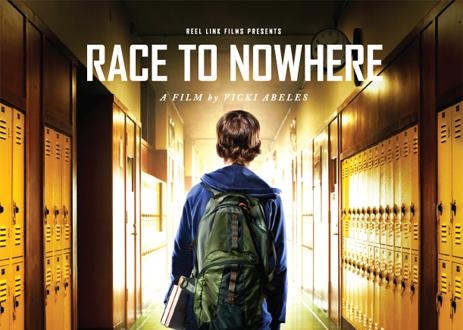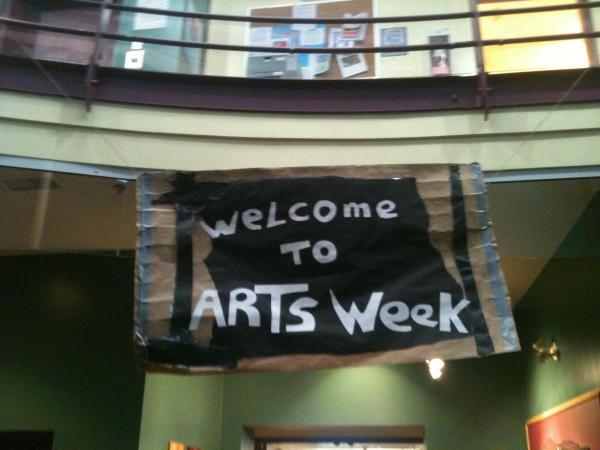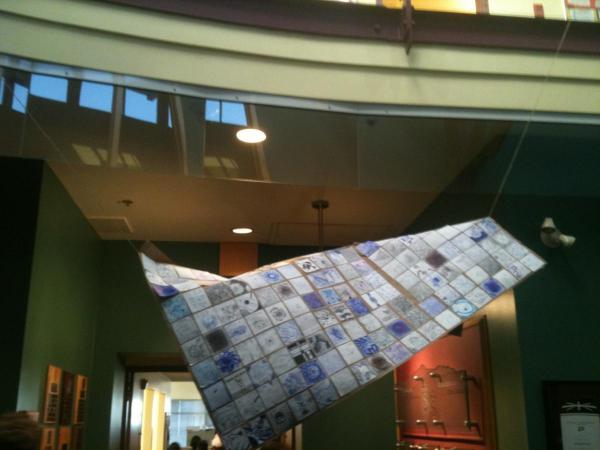
I just read an interesting article on the Salon about how long work weeks produce lower quality work, and that it seems that about 40 hours a week is when the maximum productivity occurs. Of course if this applies to workers, then it presumably (or a similar number) applies to students as well.
So an obvious question is, how many hours are students in school?
In our school, students start school at 8:30am and are at school until 3:30pm with an hour for lunch. This means that they "work" about 6 hours each day*. If they have 2 hours of other "work" to do each day, then they would be working a productive 40 hour work. If they are working more than this, then their productivity drops and one would expect reduced gains for additional time worked, and tremendous drops in productivity after a few weeks of increased work load. What is often forgotten in these types of calculations though is all of the other work students do outside of school.
When students spend time doing adult-type work, like an after school job, or they participate in after school sports, or tutoring, or another school, they are adding onto the total amount of work they have done in a week. The most important work that they do, of course, is learning. This analogy between the 40 hour work week, and how many hours students "work’ at learning has an important caveat; 40 hours may be way too much "work" for students, especially younger ones.
You may notice at your own school that students productivity drops after a few weeks in school. In fact, I can remember this effect quite clearly as we talk about it nearly every year. According to the article, people can sustain slightly greater amount of effort for small periods of time, but each week of extended effort has an additional toll on productivity. So by this logic, the drop-off in student output that educators frequently notice may be due to the over-extension students have been through during the previous weeks.
A potential solution, proposed by a colleague of mine, is to take the month of August (or July) and expect students to come to school during this month, for 4 days a week. This would produce 16 – 18 additional days per year of school, which could be used to offset 16 – 18 long weekends during the rest of the school year. Students would have the same amount of over all time spent in school, but it would be more balanced through-out the year.
There is some support from parents for a change like this in education. The parents behind Race to Nowhere know about this issue intimately. They have been pushing for a shorter week for students for ages. Further, by reducing the length of the summer, students who do not participate in learning activities in the summer would be less likely to experience the ‘summer-time drop.’ Unfortunately, students who normally spend their summers doing highly engaging learning activities would lose some of this time. On the other hand, they would gain many more long weekends during which they could choose to enrich and extend themselves.
There are some organizations which are calling for an extended school day. Kipp Schools are a famous example of a school system where students spend much more time in school. The attempts from these organizations to extend the school day are misguided, at least if you believe the research on productivity versus hours worked. There is some research showing that the increased school year and increased school days at KIPP schools improve student results, but that research has been recently contested because KIPP schools tend to be more selective in their enrollment than the neighbouring schools.
We have to be careful to keep separate ‘seat time’ from productive learning time. Students who are more alert, more productive, and more engaged in what they are doing will learn more. Simply being in school longer, or working longer at school work, will not ensure that students learn more. We need to remember that the same principles that apply to our own well-being apply to students as well. There are philosophical reasons to be opposed to excessive amounts of work for students, it seems that there may also be some research to support these claims.





